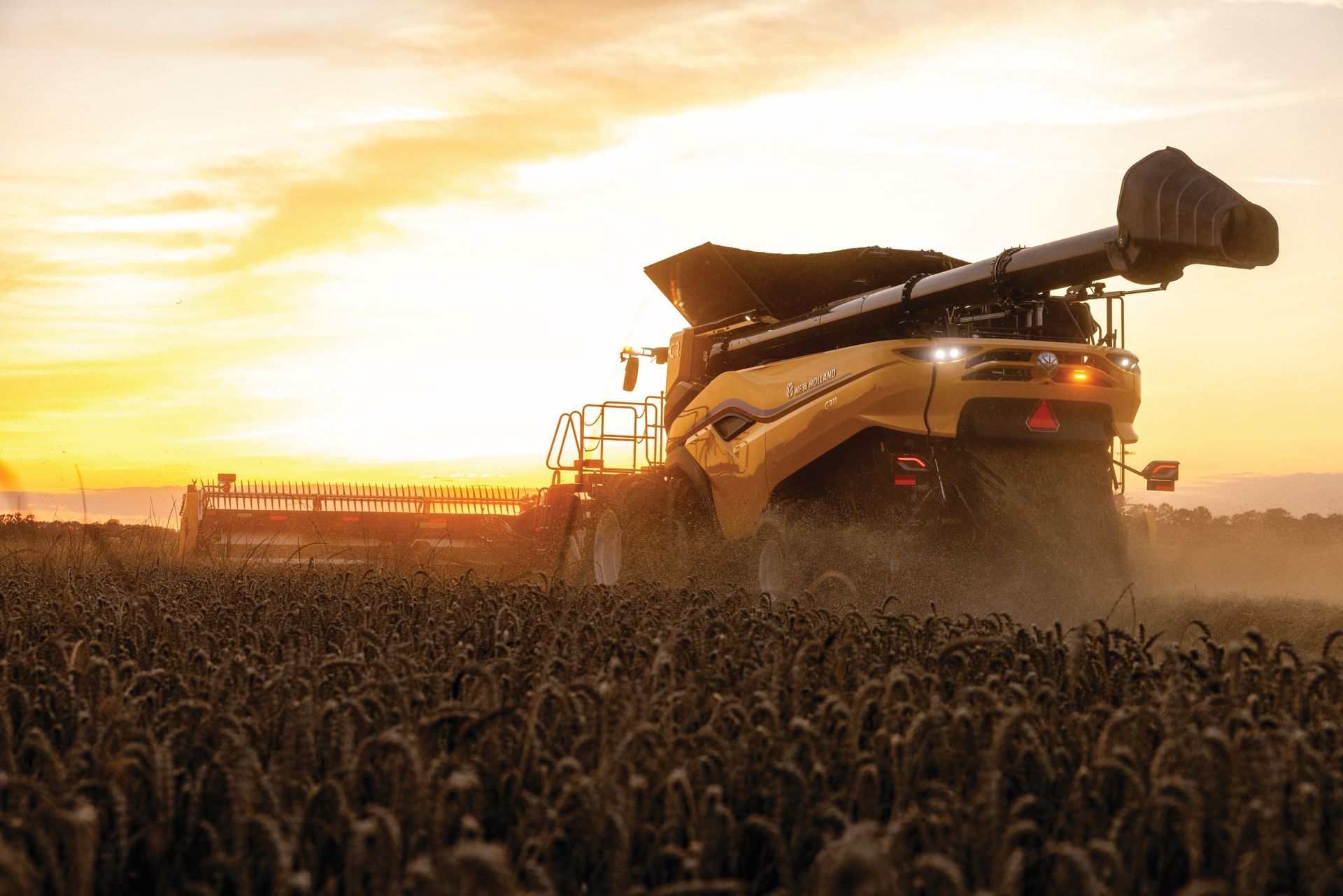Graeme Sait is CEO and co-founder of Nutri-Tech Solutions (NTS), a world leader in sustainable agriculture. He created the internationally acclaimed NTS Certificate in Nutrition Farming®. This course has now extended the understanding of over 40,000 farmers, on four continents.
The Great Reset for Australian Agriculture
Rising input costs and increasing climate extremes can be a wake up call for Australian farmers.
It has arguably never been harder to grow food in Australia. We have the increasing challenge of climate extremes coupled with unparalleled price increases in all inputs. The cost of fertilisers, farm chemicals, diesel, power, packaging, and freight has exploded, and we have not yet seen food price increases, sufficient to counter that tsunami. Economic viability has taken a major hit, to the point that it will soon be decision time for many farmers.
However, there is a silver lining here and it essentially involves a recognition that something is awry in a system that requires more chemical intervention every year, while global pest and disease issues constantly increase. It’s actually the definition of “unsustainable”, to apply more and more, for less and less response. There is a direct parallel in human health management, where we have adopted a similar symptom-treating strategy. In fact, prescription medicine recently became our third largest killer.
The silver lining relates to a shining opportunity amidst the mayhem.
What if there were a better way to progress food production that didn’t involve this hamster wheel scenario? Einstein suggested that “Insanity is doing the same thing over and over and expecting different results”. We have clearly demonstrated that phenomenon in chemical, extractive agriculture, and now these added challenges have added impetus to the need for change.
It’s clearly time to address root causes rather than treating symptoms, but those with vested interests are very keen to cling to the status quo. That’s why we have reached a point in our farming evolution where we must reclaim responsibility for our own farming future.
The good news is that the regenerative approach has a hard-science basis, and that science has evolved to the point that there is now no sacrifice in becoming more sustainable. In fact, it is demonstrably more profitable to work with Nature rather than against her.
There are a host of productive strategies that can reduce costs and build profitability, while ensuring more stress-free, farming fun. Nitrogen, for example, is the most misused and abused of all mineral inputs. Perhaps we thought we could accept that mismanagement when urea was 50 cents per kilogram. Now that it is approaching $2 per kilogram, perhaps it’s time for a major rethink.
Agriculture is responsible for 80 per cent of the nitrous oxide emissions thickening the greenhouse blanket, that traps the heat and changes our world. Nitrous oxide is 310 times more thickening of that blanket than carbon dioxide, so this misuse is increasingly costly on multiple levels.
Nitrogen is the most abundant mineral found within the plant, so it should never be neglected. The question becomes, how can we increase nitrogen efficiency, reduce greenhouse emissions, and increase yield and profitability? There is now the wherewithal to achieve all of those goals and more. Nitrogen mismanagement is also directly linked to pest pressure, so better management equates to a reduced requirement for chemical intervention. It is a classic win-win, and we need more of these victories to survive what is emerging as the perfect storm.
Nutrition farming strategies for nitrogen management include stabilizing and magnifying all N inputs, foliar spraying urea, growing your own nitrogen, inoculating nitrogen fixing organisms and improving nitrogen cycling.

















